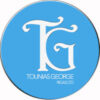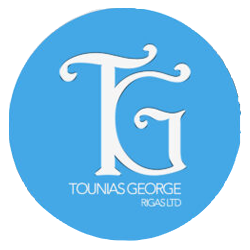Chess
Chess is a board game.
Chess: one of the oldest and most popular board games, played by two opponents on a checkered board with specially designed pieces of contrasting colours. White moves first, after which the players alternate turns in accordance with fixed rules, each player attempting to force the opponent’s principal piece, the King, into checkmate -a position where it is unable to avoid capture.
How to set up a Chessboard.
Chess is played on a board of 64 squares arranged in eight vertical rows called files and eight horizontal rows called ranks. The board is set between the two opponents so that each player has a light-coloured square at the right-hand corner.
The chess pieces are then arranged the same way each time. The second row (or rank) is filled with pawns. The Rook (castle) go in the corners, then the Ηorse next to them .Followed by the Army officer , and finally the queen, who always goes on her own matching color (white queen on white, black queen on black), and the king on the remaining square.
CHESS PIECES AND HOW THEY MOVE.
King:
The King is the most important chess piece on the chessboard. If he is checkmated the game is over!
The King can move one space in any direction . He can never move in to “check” (where he is threatened by another piece). This means the king can never be in the space adjacent to the opposing King.
Queen:
The Queen is often considered the most powerful chess piece on the chessboard. She is placed next to the king, on her own color. The game is not over when she is lost, but if your opponent has a Queen and you do not, you may find yourself at a considerable disadvantage! Like the King, the Queen can move in any direction. However, she is not limited to just one space – she can move any number of spaces in any direction, as long as she is not obstructed by another chess piece Of course, if that obstruction is an opposing chess piece, she is free to capture it!
Bishop:
Bishop(sometimes known as army officer ): There are two Bishops for each player on the chessboard, situated next to Queen and the King, respectively. These chess pieces move along the diagonals of the chessboard. You can see that this means that the Bishop is bound to the color square it starts on. One Bishop starts on a white square, and one starts on a black square. They can move any number of spaces on the diagonals as long as they are not obstructed by another chess piece. Of course, if that obstruction is an opposing chess piece, they are free to capture it!
Knight:
Knight(sometimes known as The Hose): There are two Knights for each player on the chessboard, situated between the Bishop and the Rook. These chess pieces have the unique trait of being able to ‘leap’ over other chess pieces. They move in an “L” shape . If they land on an opposing chess piece, it is captured.
Rook:
The Rook (sometimes known as The Castle) : There are two Rooks for each player on the chessboard, situated on the corners, next to the Knight. These chess pieces move up and down the rank and file of the chessboard, and can move any number of spaces as long as they are not obstructed by another chess piece . If the obstructing chess piece belong to their opponent, they are free to capture it.
Pawn :
Each player has eight Pawns, providing the first line of defense for their King. The Pawn has several unique attributes. In their first move, each pawn has the option to move forward one space or two spaces. After this move, they can only move one space forward. However, they are also the only chess piece that captures in a method different from how they move. To capture, the Pawn moves diagonally one space . The Pawn can never move backwards. If the Pawn reaches the opposite side of the chessboard, it has the unique ability to promote to another chess piece. The pawn can become a Queen, Bishop, Rook, or Knight. There are no restrictions to how many pieces of a given type you can have via promotion..

